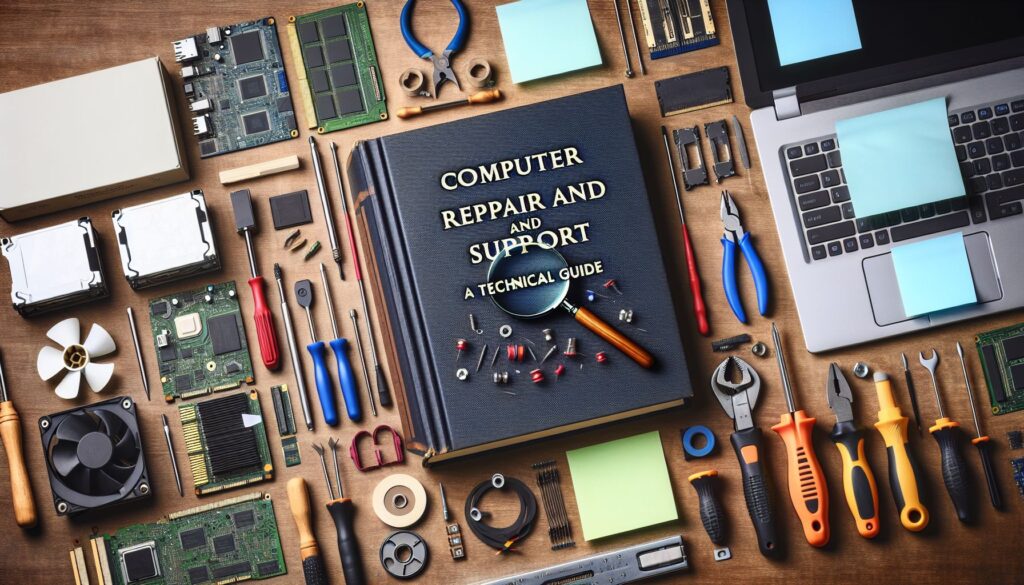
As a technical professional, you likely understand the ins and outs of computers better than most. However, even the most knowledgeable individuals can run into issues with their devices from time to time. Whether it’s a hardware malfunction, a software glitch, or an error message that leaves you scratching your head, computer repair and support are essential skills to have in your toolkit. In this guide, we’ll walk through some common computer problems and provide tips for troubleshooting and resolving them.
Common Computer Problems
Before diving into how to fix computer issues, it’s important to identify the most common problems you might encounter. Here are a few of the top issues that can plague computers:
-
Slow Performance: If your computer is running sluggishly, it could be due to a variety of factors, including too many programs running in the background, insufficient RAM, or a fragmented hard drive.
-
Startup Errors: If you’re encountering errors during the boot-up process, it could be a sign of a corrupted operating system, a failing hard drive, or a virus infection.
-
Blue Screen of Death: This dreaded error message signals a serious system error and can be caused by hardware or software issues.
-
Internet Connectivity Problems: If you’re having trouble connecting to the internet or experiencing slow speeds, it could be due to issues with your network adapter, router, or ISP.
Troubleshooting Tips
When faced with a computer problem, it’s important to approach the situation methodically to determine the root cause and find a solution. Here are some troubleshooting tips to help you diagnose and fix common computer issues:
-
Check for Updates: Make sure your operating system and software are up to date, as updates often contain bug fixes and performance improvements.
-
Run Antivirus Software: Perform a full system scan to check for malware and viruses that could be causing performance issues or errors.
-
Clean Up Your System: Remove unnecessary programs, files, and temporary files to free up disk space and improve performance.
-
Check Hardware Connections: Ensure all cables, connectors, and components are securely connected and functioning properly.
-
Check System Logs: Review system logs for error messages or warnings that could provide clues to the issue at hand.
Professional Support Options
If you’re unable to resolve a computer issue on your own, it may be time to seek professional support. Here are a few options to consider:
-
Local Computer Repair Shops: Local computer repair shops can provide in-person assistance for hardware repairs, software troubleshooting, and data recovery.
-
Online Tech Support Services: Many companies offer remote tech support services, allowing you to get help without leaving your home or office.
-
Manufacturer Support: If you’re experiencing issues with a specific piece of hardware, such as a printer or router, contact the manufacturer for assistance.
Conclusion
While computer issues can be frustrating, with the right knowledge and tools, you can address most problems effectively. By following the troubleshooting tips outlined in this guide and leveraging professional support when needed, you can keep your devices running smoothly and minimize downtime. Remember, a little patience and persistence can go a long way when it comes to computer repair and support.